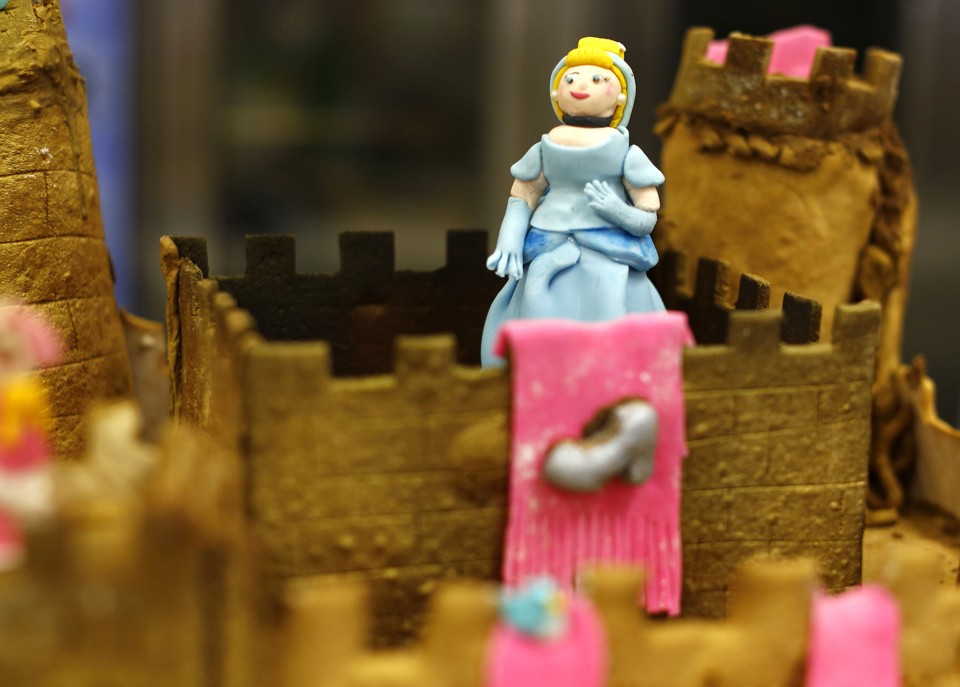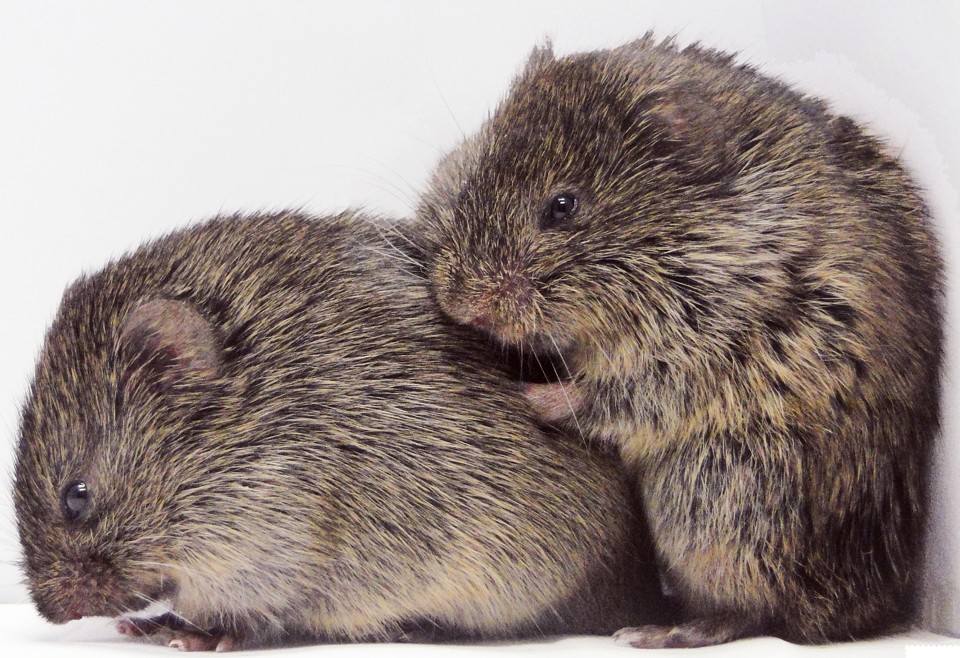The Ed's Up #120

The Fairy Tales That Predate Christianity
"Many of the Tales of Magic were similarly ancient, as the Grimms suggested. Beauty and the Beast and Rumpelstiltskin were first written down in the 17th and 18th centuries respectively, but they are actually between 2,500 and 6,000 years old—not quite tales as old as time, but perhaps as old as wheels and writing. The Smith and the Devil is probably 6,000 years old, too. In this story, a crafty blacksmith sells his soul to an evil supernatural entity in exchange for awesome smithing powers, which he then uses to leash the entity to an immovable object. It comes from the Bronze Age!" (Image: Mike Blake) 
American Homes Are Filled With Bugs
"In the first systematic census of its kind, a team of entomologists combed through 50 American houses for every arthropod they could find, and discovered a startling amount of diversity. Each home had between 32 and 211 species, belonging to between 24 and 128 families. Most are not pests. Many were found everywhere, and yet are so obscure that only keen naturalists know about them. These bugs are our closest creaturely neighbors, and we barely register their existence." (Image: Matthew Bertone)
Venus Flytraps Are Even Creepier Than We Thought
"If you accidentally get transformed into a fly, and get caught in a Venus flytrap, here is some valuable advice: Don’t panic. “If you just sit there and wait, the next morning, the trap will open and you can leave,” says Ranier Hedrich from the University of Würzburg. “It you panic, you induce a deadly cycle of disintegration.” Hedrich and others have found that the Venus flytrap can count the number of times that its victims touch the sensory hairs on its leaves. One touch does nothing. Two closes the trap. Three primes the trap for digestion. And five triggers the production of digestive enzymes—and more touches mean more enzymes. The fly, by fighting for its life, tells the plant to start killing it, and how vigorously to do so." (Image: Mark Freeth)
Dissolvable Brain Sensors Disintegrate Once Their Job Is Done
"Traumatic injuries often cause the brain to swell, which constricts the flow of blood and oxygen, and can lead to permanent damage. So surgeons like Murphy need reliable ways of monitoring the pressure inside their patients’ skulls. Sensors exist, but they are large, clunky, and must be removed once the patient has recovered. Together with a team of engineers, Murphy is developing a better option: a dissolvable pressure sensor. Thinner than the tip of a needle, it can be left in a patient’s brain to take accurate readings for several days, before completely disappearing. You don’t need to remove them because there’s nothing to remove. They just get absorbed into the body." (Image: John Rogers)

Consoling Voles Hint at Animal Empathy
"Two prairie voles, life-long mates, sit in separate cages. One hears a distinctive tone, and receives a small electric shock. The second can see what's happening, but can't do anything about it. When the voles are reunited, the observer quickly starts licking and grooming its stressed mate, continuing for around 10 minutes. It looks a lot like what we’d call consolation." (Image: Zachary Johnson)
How Your Social Life Changes Your Microbiome
"Social contact can clearly spread disease: That’s why we lean away from snotty hugs, tell sick colleagues to go home, and quarantine people during epidemics. But the germs behind infectious illnesses are but a tiny fraction of our full microbiome—the microbes that share our bodies. Most of these are harmless, perhaps even helpful. And they can hop between individuals, too." (Image: David Moir)
Ants Write Architectural Plans Into The Walls of Their Buildings
"Imagine constructing a building with no blueprints or architects, and no inkling of what the finished edifice should look like. It sounds like a recipe for disaster, and yet that’s what ants and termites do all the time—and the results speak for themselves. They can build huge underground metropolises full of interconnected chambers and galleries, or skyscraping mounds that have their own in-built air-conditioning, and all without overarching plans or large brains. How do they do it?" (Image: Lennart Tange)More good reads
- "I'm a climate scientist who has just been told I have Stage 4 pancreatic cancer." By Piers J. Sellers
- "It's everything wrong with modern-day science-by-press-release in one anecdote." By Julie Belluz
- Amazing story about a woman with disappearing muscles who diagnosed both her genetic diseases, and found kinship with an muscular Olympic medalist. By David Epstein. There are such stark parallels with my story from last year on an extreme athlete who uncovered her own genetic flaw.
- This feature on the feral chickens of Kauai, by Ewen Callaway, is a total delight, from start to finish.
- A huge new titanosaur is unveiled at the AMNH, and in an upcoming BBC documentary
- The Woman Who Made Science Beautiful. By Andrea Wulf.
- "They’ll say, ‘The next day I doubled the dose. Then I halved it.’ What the **** are you doing? Shut up.” Rose Eveleth on inept biohacking.
- Those weird shapes you sometimes see floating in your vision are actually real. They're called eye floaters.
- Robert Krulwich on a fish trapped in a drop of water in microgravity
You can also follow me on Twitter, find regular writing on my blog. If someone has forwarded this email to you, you can sign up yourself.
And that's it! Thanks for reading.
-Ed
Don't miss what's next. Subscribe to The Ed's Up: